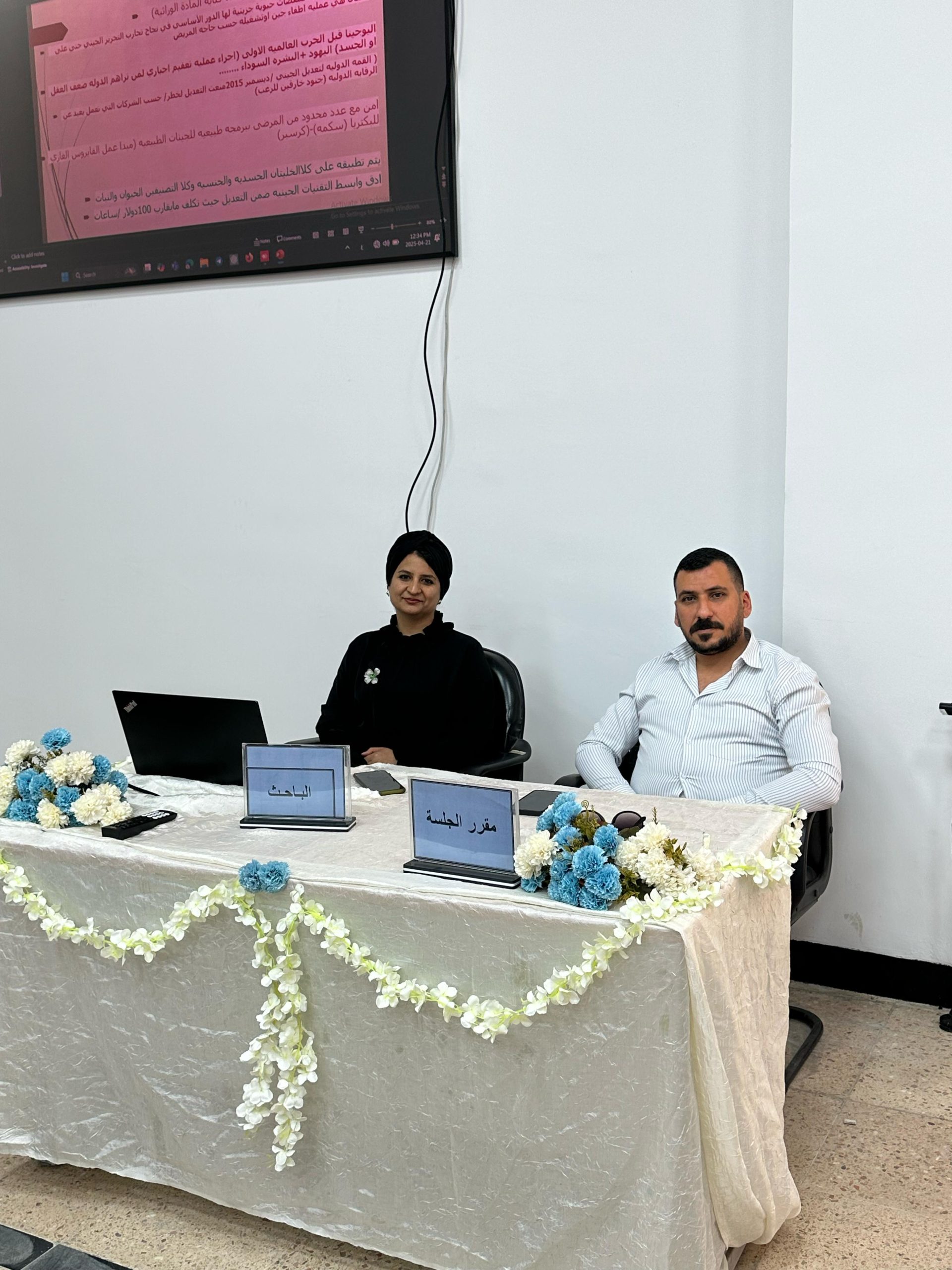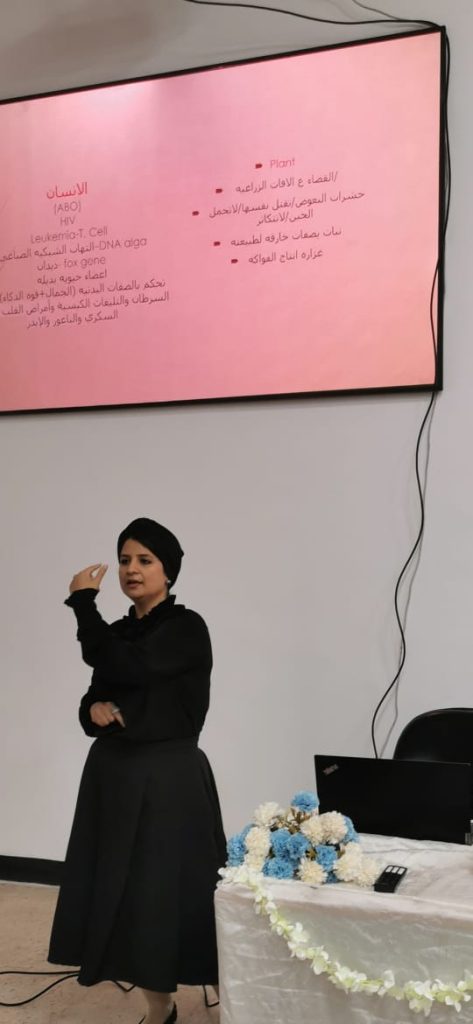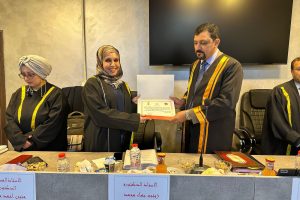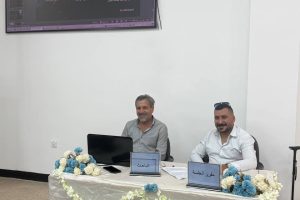
A researcher discusses the prospects of gene editing in a scientific lecture during the Environmental Research Center’s cultural season
A researcher discusses the prospects of gene editing in a scientific lecture during the Environmental Research Center’s cultural season
Assistant lecturer Nour Kazem Rasan delivered a scientific lecture as part of the Environmental Research Center’s cultural season activities. She discussed the role of gene editing technology as “biomolecular scissors” in the success of gene editing experiments, highlighting the immune defense mechanism of bacteria using the CRISPR-Cas9 system.
The lecture demonstrated how bacteria, when attacked by an invading virus, begin capturing a portion of the virus’s genome and integrating it into a region known as CRISPR, creating a sequence of RNA known as CRISPR RNA. This RNA serves as a guide that directs the Cas9 enzyme to the precise location in the virus’s genome to cut it and render it ineffective. This is one of their most important immune defense mechanisms.
The researcher also discussed the possibility of designing synthetic RNA molecules, known as “guide RNA,” to target specific genes within living organisms, opening the door to medical applications in treating genetic diseases.
At the conclusion of the lecture, Assistant Professor Nour pointed out the ethical and scientific challenges associated with CRISPR technology, especially with regard to modifying human embryos and germline cells, as it causes permanent changes in genetic material that may be passed on to future generations, which requires great caution and precise legislation to keep pace with this rapid scientific development.




